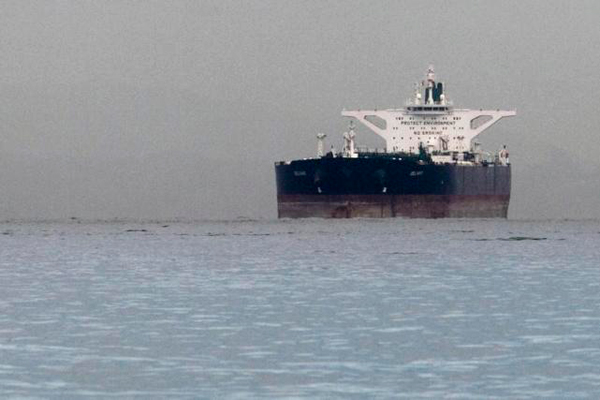
Iran's possible oil production response post-sanctions
LONDON, July 17, 2015
Iran could increase its oil production by up to one million barrels per day within 12 months of sanctions being lifted, provided it can find buyers for the crude.
In 2014, the country produced an average of just over 1,350 barrels per day (bpd) per well, from 2,280 wells, according to the Opec Annual Statistical Bulletin.
In 2011, the last year before sanctions were tightened, the country produced an average of around 1,750 bpd per well from 2,025 wells.
The reduction of 400 bpd in per-well output since 2011 gives some indication of how far the country has been forced to choke back the wells because it cannot find buyers for more crude.
If Iran increased flow rates from the existing stock of producing wells by an average of 400 bpd, back to the 2011 level, it would be able to put an extra 900,000 bpd into the market.
ESTIMATING CAPACITY
Estimates of how much the country could increase output in the short term without drilling extra wells or putting new fields into production are necessarily imprecise, because most production information is secret.
But it is likely Iran has responded to sanctions through a combination of shutting some wells completely and choking back the flow rates on others.
Restarting wells and opening the chokes is far simpler and faster than drilling new wells and developing new pools and fields.
Per-well production has been declining for the last 25 years as a result of ageing technology and declining pressure in the fields, so some of the drop could be due to long-term trends.
But in the last three years before sanctions, 2009-2011, production per well had been fairly steady at 1,700-1,750 bpd.
The sudden drop to 1,622 bpd in 2013 and then 1,366 bpd in 2014 therefore looks like the impact of choking wells rather than natural declines.
In any case, Iran has told OPEC that it has drilled around 300 new wells per year since 2012, which should have been enough to offset natural production declines.
Iran has drilled more new wells in recent years than at any time since Opec began publishing well records in 1980.
It is possible drillers have become less adept at finding oil, or that Iran has overstated the number of wells, but unless there has been a catastrophic drop in finding rates over the last three years, the number of new wells implies overall production capacity should have remained basically unchanged.
So it seems reasonable to assume Iran still has the capacity needed to reach pre-sanctions levels within a relatively short period simply by reactivating idle wells and increasing the flow rates on others.
In that case, the country should have the potential to raise production and exports by between 800,000 and one million bpd within six to 12 months of sanctions being lifted.
Boosting exports is a top priority for Iran's government for which it has been preparing a long time. Senior officials will almost certainly make it a top goal for the state-owned oil company.
The National Iranian Oil Company's ability to deliver substantial output increases within a short period will be a key test of the government's and the company's competence.
The biggest challenge is likely to be marketing the crude without crashing prices. Iran's medium-density crude is highly attractive for refiners, especially in Asia, but competes directly with similar grades from Saudi Arabia, Kuwait and Iraq.
The market remains well supplied and Iran's Gulf neighbours, the country's rivals in politics as well as sales, will not willingly cede market share.
Successfully reintegrating increased exports from Iran into the global market will require rapid growth in fuel demand, a further slowdown in non-Opec supply, restraint from other OPEC members, or some combination of all three. - Reuters







